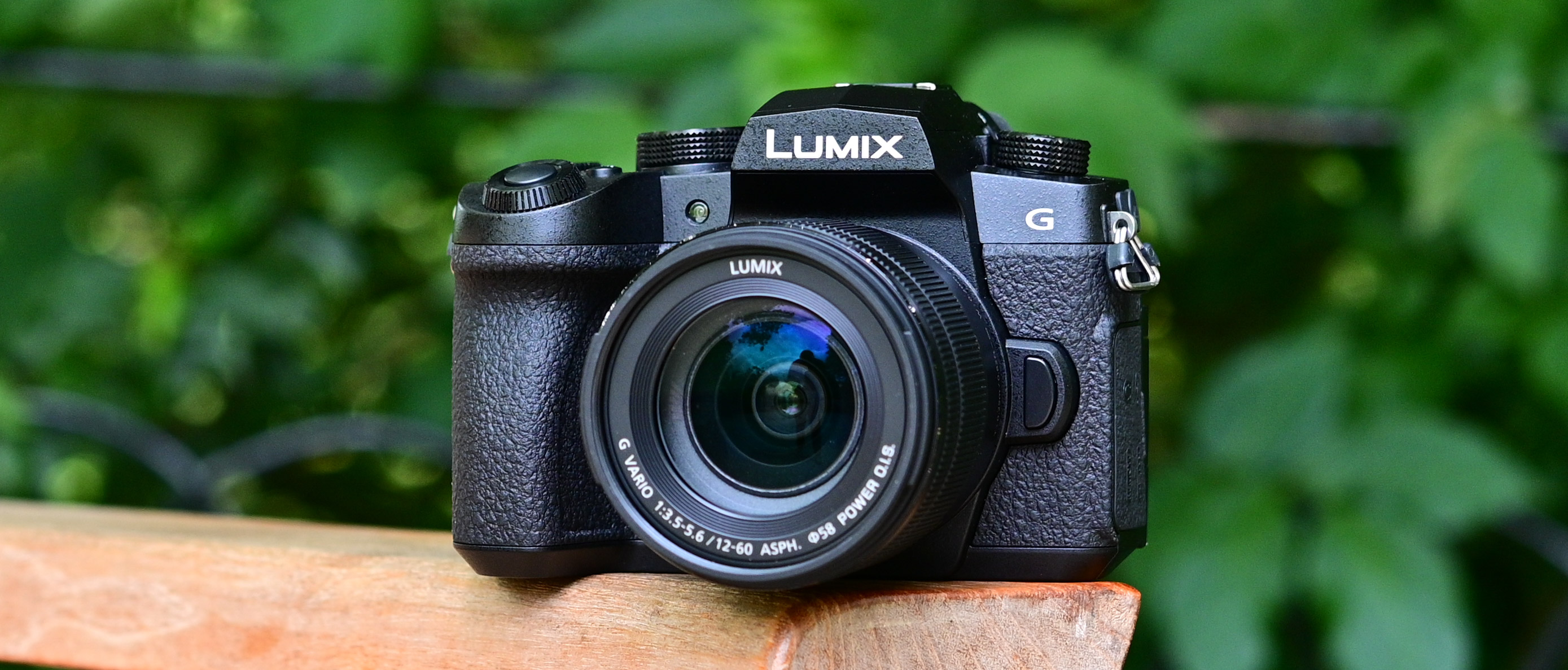Why you can trust TechRadar
Performance
- Very responsive in use
- Good performance from the EVF and LCD
- Camera remains operational during buffer clearing
The Panasonic G95 / G90 starts up with very little delay, and is ready to begin shooting pretty much as soon as you are. There's no sluggishness as you move around the menus or adjust exposure settings, and the camera responds as nimbly as you'd expect.
With a fast UHS-II card in place, our tests showed the camera to maintain its maximum burst rate for 30 consecutive raw + JPEG frames, and 39 raw frames on their own – so, slightly less than the 45 quoted by Panasonic. JPEGs can be captured for as long as required, and are written immediately to the card; while raw files understandably take longer, the camera remains operational during this time, which isn't something every camera can claim.
The LCD screen feels solidly mounted to the body, and pulls away without any issue, and the fact that it spins all the way around to face the front is great for video users who want to record themselves. It's also nicely responsive to touch, which makes setting the focusing point or adjusting menu options effortless, and its clarity and reproduction of the scene are as expected at this level, which is to say very good.
The electronic viewfinder has a very useful 0.74x magnification – better than the Sony A6400, and significant better than the Fujifilm's X-T30 – and with 2.36 million dots it presents the scene with good clarity. It seems likely that the next generation of sub- $1,000 / £1,000 cameras will inherit the 3.69 million-dot EVFs that have proliferated across enthusiast cameras, but it would be unreasonable to expect them on a camera like the G95 /G90 that's aimed at a more junior audience.
Image quality
- Very good detail in images
- Great O.I.S. performance
- Video generally very good, but some rolling shutter
The 20MP sensor, which we've seen before inside the G9, produces nicely detailed images, partly because of its lack of an optical low-pass filter. Very slight noise can be seen in low-ISO images, but then this is also true of many APS-C based cameras; the key thing is that this is controlled well as you rack up the ISO, with noise reduction doing its thing, but not too aggressively.
The kit lens most buyers will end up using is the LUMIX G VARIO 12-60mm f/3.5-5.6 ASPH. POWER O.I.S, and what's particularly good for those who have no other Micro Four Thirds optics is that it has a slightly broader focal range than is the norm for kit lenses, although it manages to stay relatively compact.
On default settings you generally get pleasing results, with sound metering giving well-balanced exposures. Highlights can roll off a little too easily, although this can easily be compensated for in-camera (and it's possible to bring some of this detail back when processing raw files).
Sign up for breaking news, reviews, opinion, top tech deals, and more.
As mentioned, there are many Photo Styles to call upon, although the Standard option will be the default for most people. This is a perfectly fine all-rounder, with nicely vibrant greens and good reds, although blue skies can lack punch, so in scenes with skies and foliage it's worth switching to the Vivid option, which provides great saturation all round whole keeping things realistic.

Click here for the full-size image

Click here for the full-size image

Click here for the full-size image

Click here for the full-size image

Click here for the full-size image

Click here for the full-size image

Click here for the full-size image

Click here for the full-size image

Click here for the full-size image
Video footage from the G95 /G90 is strong, with very good detail when you shoot in 4K. The stabilization system does well to keep things steady, which makes it easy to maintain the same composition when shooting handheld too. Some rolling shutter can be seen when the camera is panned, although you can avoid the worst of this by moving it a little more slowly.
The camera's autofocus system does well to move smoothly between different subjects in the scene, and this is particularly effective when you use the touchscreen to set different points of focus. There's typically a very slight hesitant bump as focus is confirmed, which is more obvious when you're focusing between subjects at different distances and which is likely a consequence of the contrast-detect AF system – but if you're using the camera for more considered shooting you may well be calling on manual focus anyway, which would render this a non-issue.
Current page: Performance and image quality
Prev Page Build, handling and AF Next Page Verdict and competition